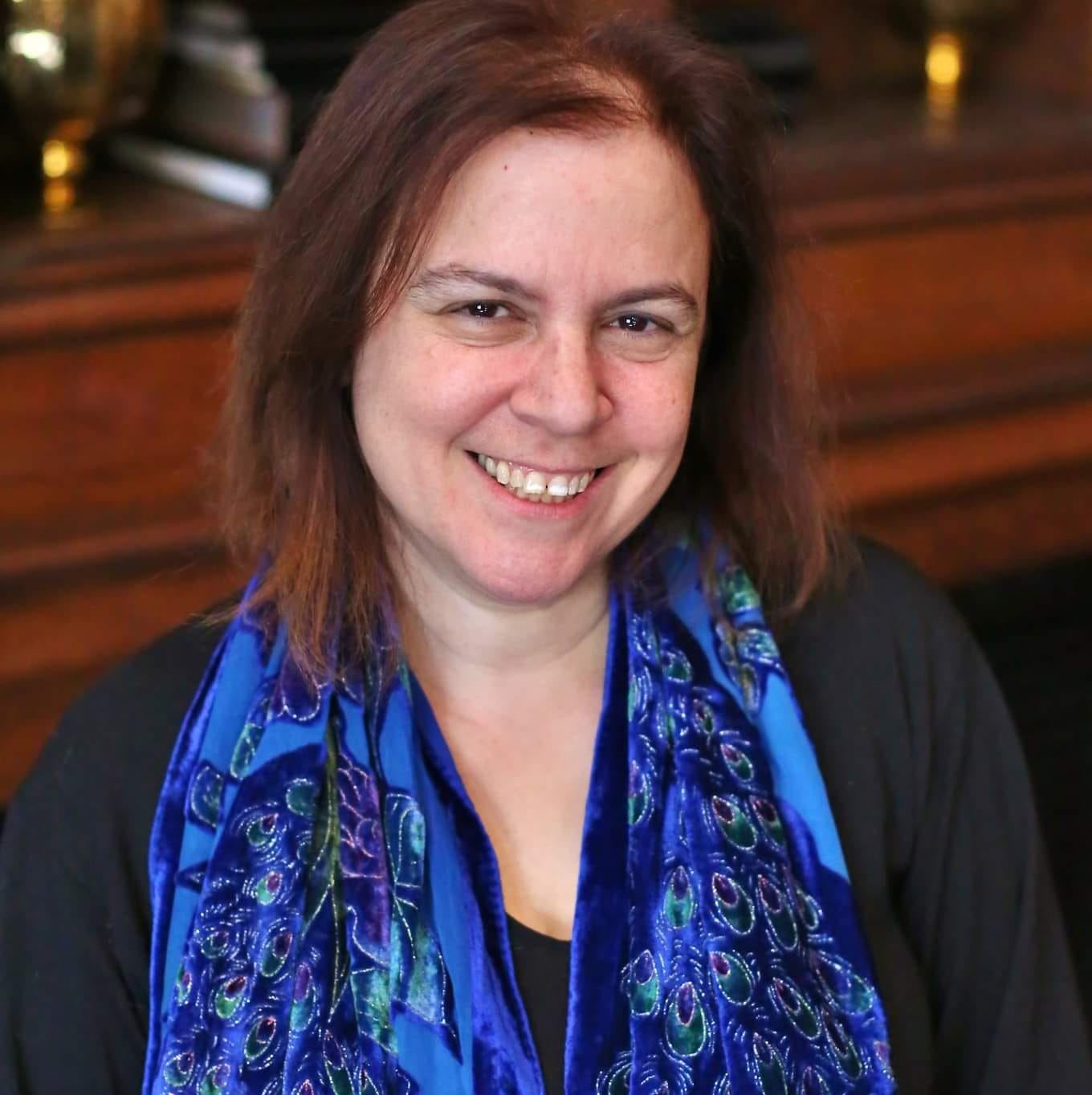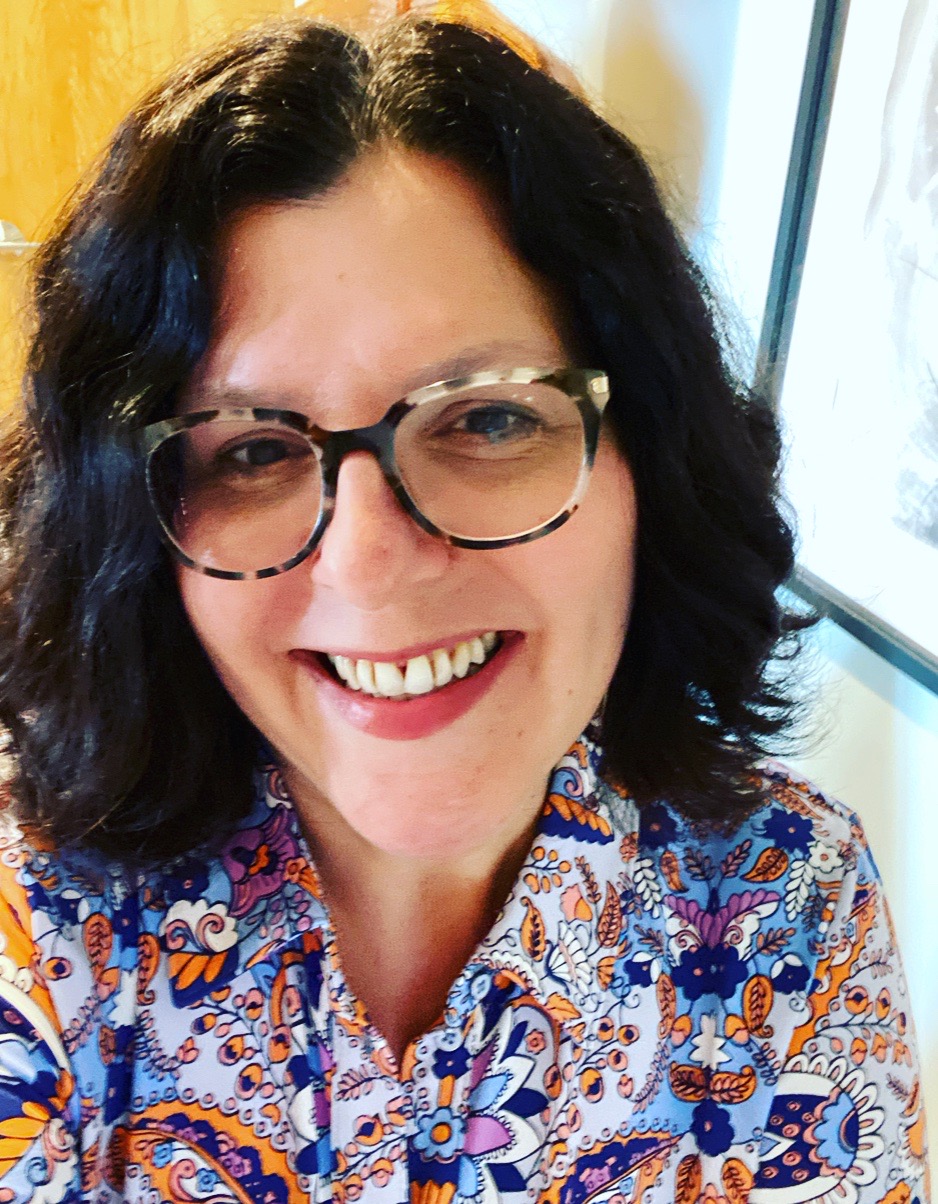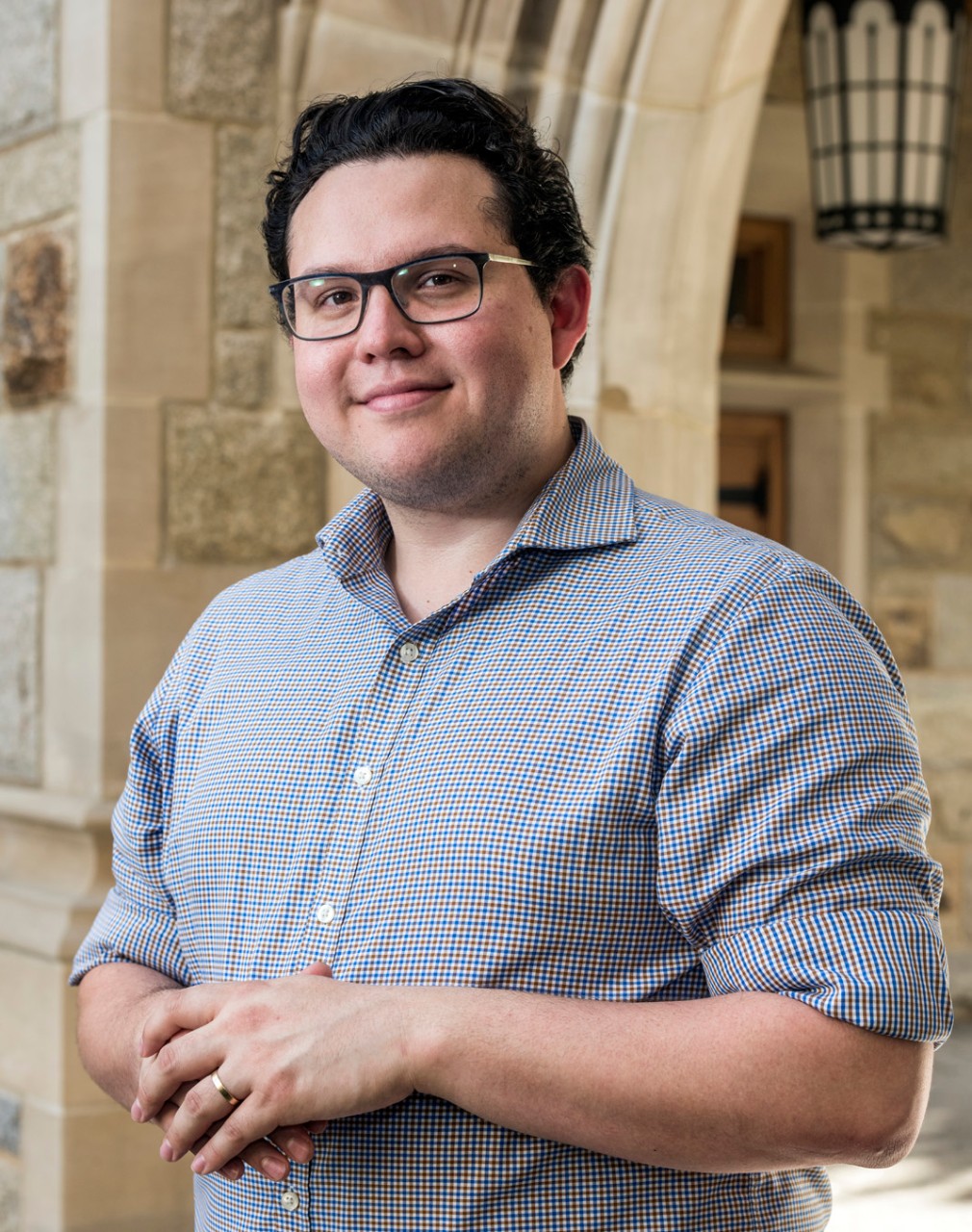By: Alice Ginsberg, Marybeth Gasman, and Andrés Castro Samayoa


 Alice Ginsberg is a Senior Research Specialist in the Graduate School of Education at Rutgers University. Marybeth Gasman is the Samuel DeWitt Proctor Endowed Chair in Education and Distinguished Professor in the Department of Educational Psychology at Rutgers University. Andrés Castro Samayoa is an assistant professor in the Department of Educational Leadership and Higher Education at Boston College.
Alice Ginsberg is a Senior Research Specialist in the Graduate School of Education at Rutgers University. Marybeth Gasman is the Samuel DeWitt Proctor Endowed Chair in Education and Distinguished Professor in the Department of Educational Psychology at Rutgers University. Andrés Castro Samayoa is an assistant professor in the Department of Educational Leadership and Higher Education at Boston College.
Together they are the authors of For the Love of Teaching: How Minority Serving Institutions Are Diversifying and Transforming the Profession.
“We birthed a nation from nothing. I mean, there was nothing here. I mean we have Native Americans, but candidly there isn’t much Native American culture in American culture.”
—former Pennsylvania Senator Rick Santorum, April 2021
Over a year before Florida Governor Ron DeSantis made headlines for his rejection of an AP course in African American history and introduction of the so-called “Stop Woke Act” to restrict how racism and other aspects of history can be taught, former Pennsylvania Senator Rick Santorum made the above comment, effectively erasing the history and culture of Native Americans with his remarks. Given the prominence of anti-Critical Race Theory rhetoric today, it may be easy to assume that the debates around ethnic studies, multicultural education, and culturally relevant teaching are something new or specific to African Americans and the history of slavery, but the Santorum incident demonstrates that this is not the case. In fact, as far back as 2010 Arizona was banning the teaching of ethnic studies and dismantling the Tucson Unified School District’s Mexican American studies curriculum, despite clear evidence that the program was increasing student retention and graduation rates. Then Arizona Superintendent of Schools Tom Horne defended the decision, saying, “This teaching is a betrayal of the students’ parents. They came to this country as the land of opportunity. They expect their children to be taught that this is the land of opportunity, not that they are oppressed.”
These controversies raise an important question for educators: Is it possible to teach about racism, colonialism, segregation, and immigration without fostering students’ feelings of victimization or hatred? Can America remain the “land of opportunity,” and still have a history of supporting policies that foster inequality or oppression? The answer to this question must be yes. Otherwise, we risk an educational system where history simply does not matter and students don’t learn to be critical thinkers who can see shades of gray. Many immigrants indeed found a better life in America, but this does not erase the fact that for decades English Language Learners (ELLs) were put in segregated schools and classrooms that were financially and qualitatively inferior to those of their English-speaking peers. Teaching students about the history of slavery and systemic racism does not automatically lead to “hatred” against White people; in fact, it could also bring about an interracial generation that is more committed to fostering social justice for all Americans.
Ironically, while there has been significant debate about teaching the multifaceted histories of different racial groups in the U.S., efforts to diversify the teaching profession have been less controversial. Over the last decade there have been an increasing number of programs, policies, pathways, and partnerships designed to encourage more people of color to go into teaching and, once certified, to hire and retain them in public schools across the country. Given that the public school teaching profession remains over 79% White, it is hard to argue that these diversity efforts are uncalled for. Nationally, only 7% of public school teachers are Black, and only 2% are Black men. According to the Center for Black Educator Development, “Having at least one Black teacher early on reduces a Black student’s likelihood of dropping out of school by up to 39%,” and “When Black students have two Black elementary school teachers, they are 32% more likely to go to college.” One of the reasons that there may be less resistance to efforts to increase the number of Black male teachers than there are to efforts to teach African American history is that these teachers are often relegated to the role of school “disciplinarian” or “role model” rather than being viewed as intellectuals who bring important skills and knowledge to the classroom.
Equally important, diversifying the teaching profession is not just a so-called numbers game. While representation is critical, we need teachers of all races who are prepared and experienced enough to work with groups of diverse students, fostering asset-based pedagogies and critical thinking skills, and teaching in culturally relevant ways. What exactly does this mean? The term “culturally relevant pedagogy” is frequently used in teacher education programs, but it can be interpreted as anything from putting up a poster of Martin Luther King, Jr. during Black History Month, to having students interview their family members about the impact of segregation and Jim Crow. In our extensive work with teacher education programs at Minority Serving Institutions (MSIs)—which include Historically Black Colleges and Universities (HBCUs), Tribal Colleges and Universities (TCUs), Hispanic Serving Institutions (HSIs), and Asian American Native American and Pacific Islander Serving Institutions (AANAPISIs)—we found that culturally relevant teaching took many unique forms. Teacher educators and candidates in the schools we researched for our book For the Love of Teaching: How Minority Serving Institutions are Diversifying and Transforming the Profession (Teachers College Press, 2023), provided us multiple of examples for expanding the curriculum to learn about the full history of diversity in the United States—positive aspects, negative aspects, and everything in between.
What we most want to emphasize is that the lesson plans we witnessed at these MSI teacher education programs were nothing like the “indoctrination” that DeSantis and others have characterized them as. They were, in fact, just the opposite. Teacher candidates were learning how to teach in ways that encouraged student engagement, inquiry, original research, discussion, debate, and of course, critical thinking. For example, candidates at Stone Child College, a Tribal College in Montana, infused the Chippewa Cree culture into their preparation program by modeling it after the four seasons depicted on the Cree Medicine Wheel. California State University, Fresno, an HSI and AANAPISI, had candidates in a Culturally and Linguistically Sustaining Pedagogy course reflect on their own cultural heritages using art, video, and personal narratives to create artifacts of what teaching in California’s Central Valley, their home, means to them. At New Mexico State University, an HSI, candidates were asked to choose a school and spend 12 weeks in the surrounding community, talking to diverse community members, physically mapping the community structures and resources, and researching census data and other relevant statistics about the community. This assignment served to help teacher education candidates personally experience and analyze systemic inequities which had an impact on the everyday lives of students, while simultaneously learning to bridge student and community knowledge with the school curriculum. Teacher candidates at Jackson State University, an HBCU, learned how to approach students from an asset-based perspective, such as the teacher candidate who shared, “I had a student who had ADHD and so he couldn’t just sit still. I was up there teaching them the ABCs. So, I had to incorporate dance moves….I tried to put words to the music to differentiate instruction to help this child out.”
We found that these programs prioritized helping teacher candidates learn to see students in intersectional ways. When considering how to design and use culturally relevant pedagogy, candidates sought to recognize the ways students have more than one static cultural identity and thus cannot be compartmentalized or given a standardized curriculum based only on their assumed race. For example, many of the students in the schools where teacher candidates in this study worked were multilingual and/or multiracial, came from low income families in heavily rural or urban communities, were children of immigrants or migrants, or grew up on a reservation. Culturally relevant or culturally proficient teachers understand the importance of really getting to know their students, including their families, generational ancestors, and communities, in order to craft a curriculum that is engaging, meaningful, and historically accurate. Our research shows other ways in which MSIs prepare teacher candidates to be culturally proficient teachers, including engaging in community service and spending increased hours in authentic multicultural classrooms, enabling them to better fuse theory with practice.
Nothing is created out of nothing, and certainly not an entire nation that is as culturally diverse and rich as the United States. We need a diverse teaching force and a school-based curriculum that is unafraid of ambiguity and conflicting perspectives. Minority Serving Institutions are not the only places where culturally relevant teacher preparation is taking place, but they are modeling new and innovative approaches that need our attention now.
Photo by RF._.studio
